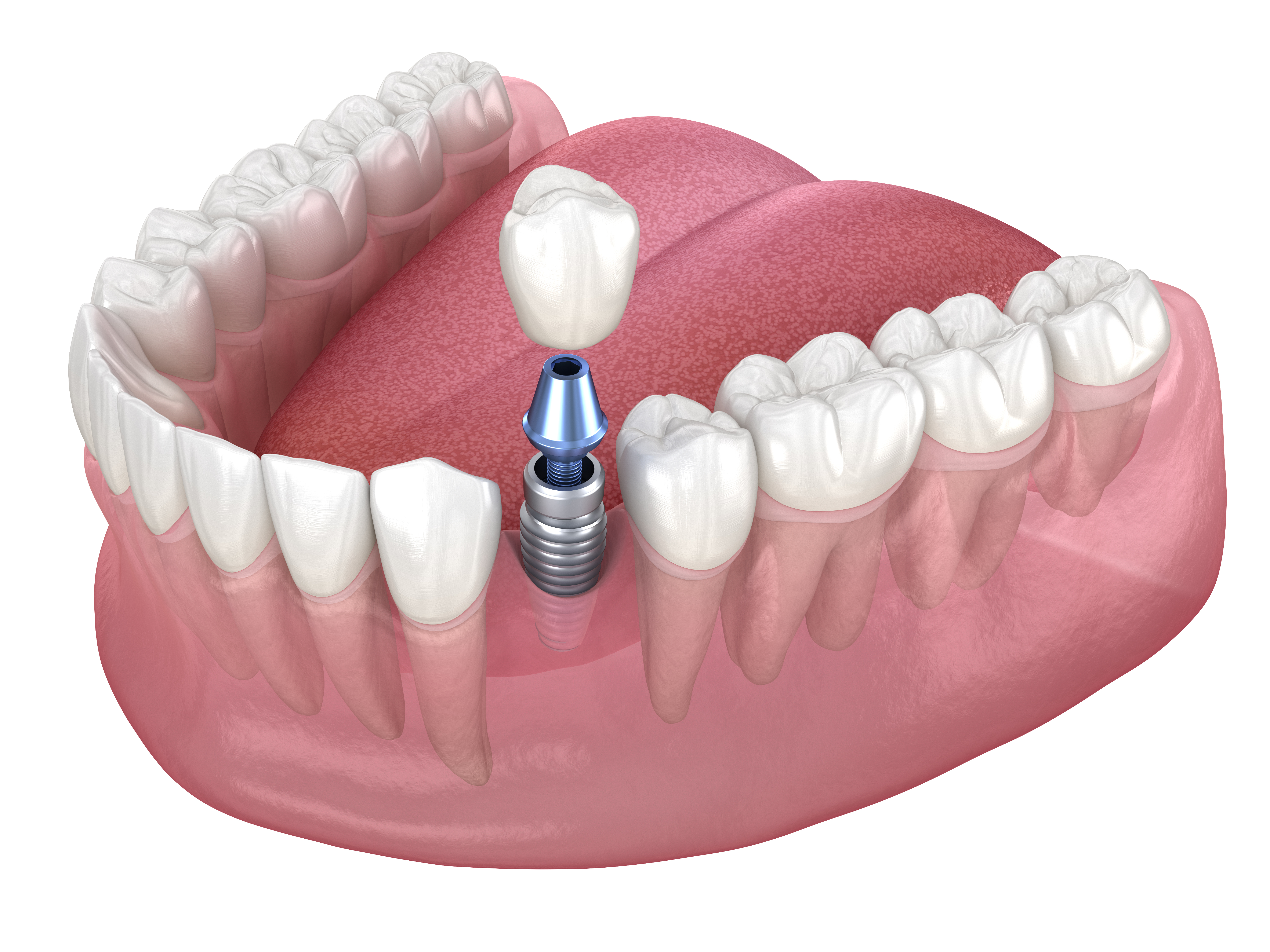Demystifying Eye Bags: Causes, Remedies, and the Beauty Industry's Response
Eye bags, those puffy, under-eye swellings that seem to appear out of nowhere, can be a cause of worry for many. Often associated with fatigue, sleep deprivation, or aging, they can also be a sign of underlying health conditions. This article aims to shed light on the causes behind eye bags, various remedies available, and how the beauty industry has responded to this concern.

Understanding Eye Bags: Causes and Factors
Eye bags are a common phenomenon that can be attributed to various factors. As we age, the tissue structures and muscles supporting our eyelids weaken. The skin may start to sag, and fat that is normally confined to the area around the eye can move into the area below the eyes, causing the lids to appear puffy. Fluid may also accumulate in the space below your eyes, adding to the swelling.
Apart from aging, genetics can also play a significant role. If your parents or grandparents have or had eye bags, you are more likely to develop them as well. Lifestyle factors such as lack of sleep, excessive alcohol consumption, smoking, and a high-salt diet can exacerbate the appearance of under-eye bags.
Remedies for Eye Bags: From Home to Clinic
When it comes to remedies for eye bags, options range from simple at-home solutions to more sophisticated clinical treatments. A good night’s sleep, reducing alcohol and salt intake, and quitting smoking can all help reduce the appearance of under-eye bags. Cold compresses, cucumber slices, or chilled tea bags can also provide temporary relief.
At the other end of the spectrum, clinical treatments include laser resurfacing, chemical peels, or fillers that can minimize the appearance of eye bags. More invasive procedures, such as blepharoplasty, remove excess fatty tissue and skin to provide a more permanent solution. However, these procedures come with their own set of risks and costs.
Beauty Industry’s Response: Skincare and Makeup Solutions
In response to the widespread concern about eye bags, the beauty industry has introduced a range of products and solutions. Skincare brands have developed eye creams and serums infused with ingredients like caffeine, retinol, and hyaluronic acid to combat puffiness and dark circles.
In the realm of makeup, a good concealer can work wonders in masking under-eye bags. Techniques such as color correcting, where a peach or orange-toned product is used to neutralize the blue or purple undertones of under-eye circles, have also gained popularity.
Impact and Reception: The Rise of the “Tired-Look” Trend
Interestingly, the cultural perception of eye bags has been shifting in recent years. In South Korea, a trend called ‘aegyo-sal’ has emerged, where young people accentuate their under-eye puffiness to achieve a youthful, ‘tired-look’. This trend has been embraced by celebrities and has had a significant impact on the beauty market, with products designed to create or enhance under-eye puffiness.
However, this trend has also sparked debates around beauty standards and the pressure to conform to specific aesthetic ideals. Some critics argue that it promotes an unhealthy lifestyle and unrealistic beauty expectations.
A Balanced Approach to Eye Bags
Eye bags, like any other skin concern, need to be addressed in a balanced manner. While it’s crucial to understand the underlying causes and seek appropriate treatments, it’s equally important not to be swayed by unrealistic beauty standards. As the beauty industry continues to evolve and respond to consumer needs, it’s hoped that the conversation around eye bags and other skin concerns will become more nuanced and inclusive.
The journey towards understanding and managing eye bags is a personal one, colored by individual experiences, genetics, and lifestyle choices. By equipping ourselves with knowledge, we can make informed decisions and embrace our unique beauty.




